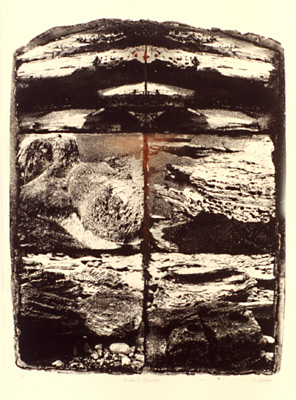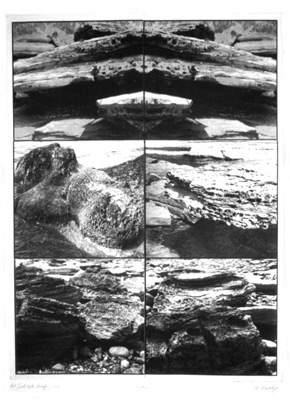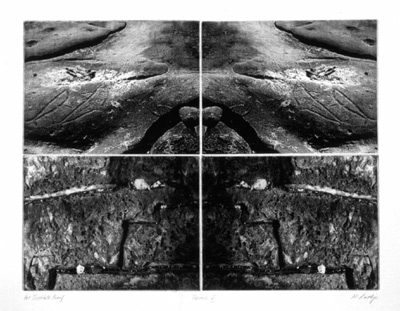Why Make Art?
Anna Conti in her Working Artist’s Journal (April 7/04 entry) brings up this perennial question that we artists are always asking of ourselves:
“Why make art? What is it good for?”
She writes: “I don’t think we’ll ever know. The compulsion to make pictures, sculptures, stories, or music has been part of being human since prehistoric times. What changes are the explanations we come up with to explain or justify our behavior. We have to come up with an explanation that will convince people to leave us alone so that we can keep making art. Or better yet, an explanation that will convince people to support us in making art.”
I particularly enjoyed all the quotes from many well-known artists answering this question.
UPDATED Jan.2014: Anna Conti started a new blog in 2006, and we lost her older pages and comments. Hence the link no longer works and has been removed.
I am also sorry to have lost the excellent comments I received here as they did not transfer with my blog’s recent move to WordPress. Time takes its toll even in the blog world.


